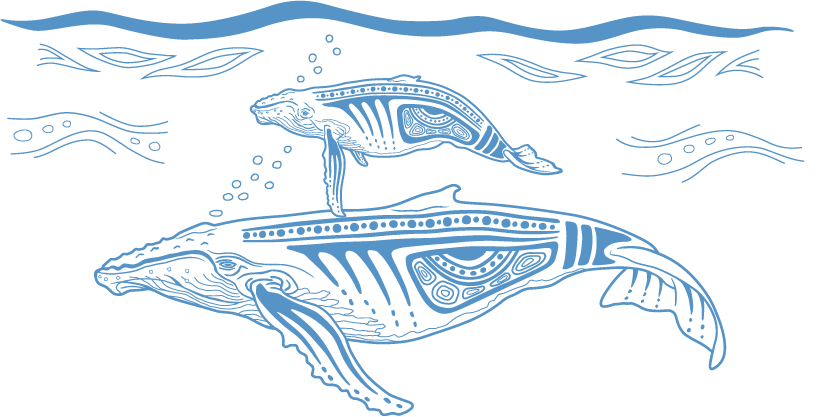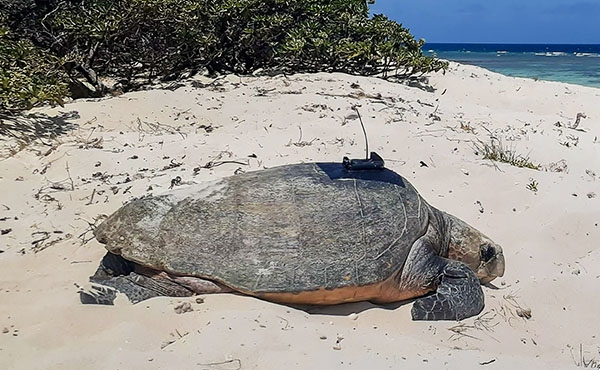A resilient social–ecological system will retain its identity by absorbing disturbances, reorganising, and maintaining its functions and processes (Figure 8.1).2019 Determining how resilient a system is before a disturbance occurs is difficult, particularly where chronic drivers, like climate-driven ocean warming, have caused shifts and, in some instances, long-term changes to the Reef ecosystem.59,2021,2022 Identifying the social–ecological elements that create resilience in this complex Reef system improves our ability to mitigate threats and assist with recovery.
Resilient systems retain identity by absorbing disturbances, reorganising, and maintaining functions and processes
Managing for resilience must also account for the timeframes expected for detecting recovery after disturbances. The Region’s biodiversity — its ecosystems and populations of species — will have a recovery timeframe from a few years to decades,2023,2024 so assessing ecosystem condition shortly after disturbances might not convey the full scale of potential recovery. That is because the processes known to support recovery also operate over different timescales. For example, recruitment can be year-round or occur in annual or biannual pulses in different reef species,2025,2026;while reef building will operate at a timescale of decades to millennia.901,2027 The biotic and abiotic factors that influence the recovery trajectory of coral reef ecosystems varies across the Reef. Each subsystem and population exists in a distinct community state, making recovery trajectories highly variable and difficult to predict. As a result, identifying key indicators of resilience remains challenging and yet crucial for the success of resilience-based management.
Climate change impacts are predicted to intensify over the coming decades, causing severe and possibly irreversible changes to the Reef’s ecosystems (Section 6.3). The impacts will not be uniform. They will likely be worse in some areas than others, such as inshore reefs and seagrass meadows that are already living close to their threshold of tolerance to cumulative disturbances. These habitats have been exposed to chronic impacts from sedimentation and nutrient pollution and may be close to the point where their ability to resist further thermal stress is surpassed.1884,2028 For these reasons, minimising future increases in impacts by continued and evolving use of a resilience-based management approach will become increasingly important.


